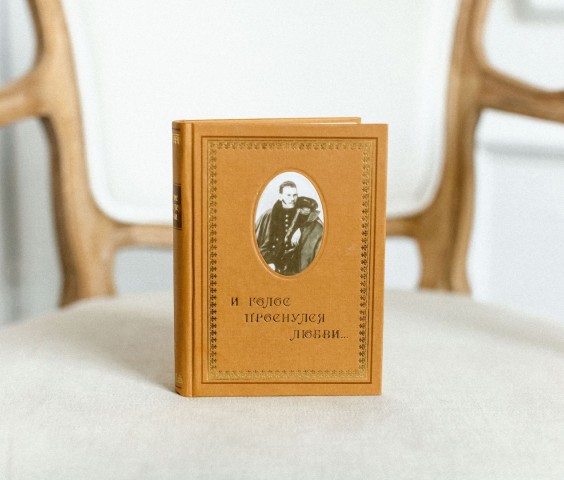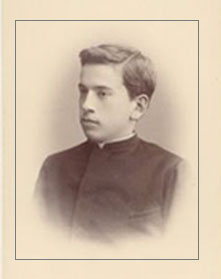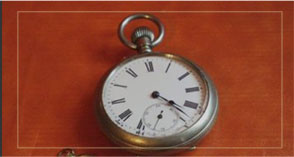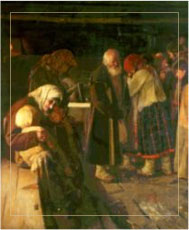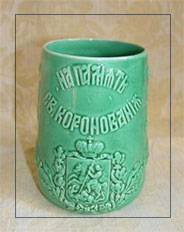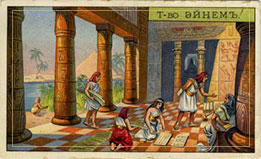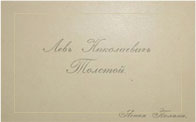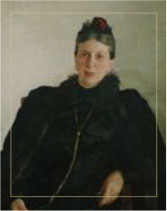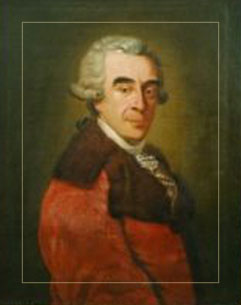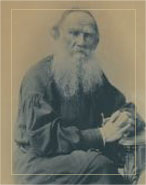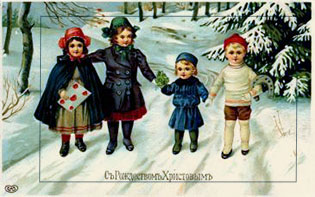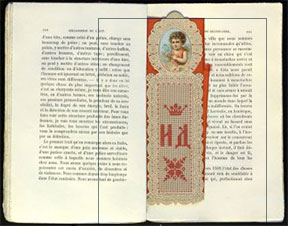0°
16:30
Exhibitions and Events
Приглашаем всех интересующихся Ясной Поляной в наш Дом
культуры, здесь
культуры, здесь
Explore the Museum
Discover what you can see at Yasnaya Polyana
History of the Estate
The Yasnaya Polyana estate is located in the very center of Middle Russia, with its quiet but strikingly moving nature
Museum Collections
Museum-estate
Go to the section
Go to the section
-
Academic Research
Academic research is one of the most significant activities of our museum
Read more Read more -
Museum branches
The complex structure of the museum includes a number of branches
Read more Read more
